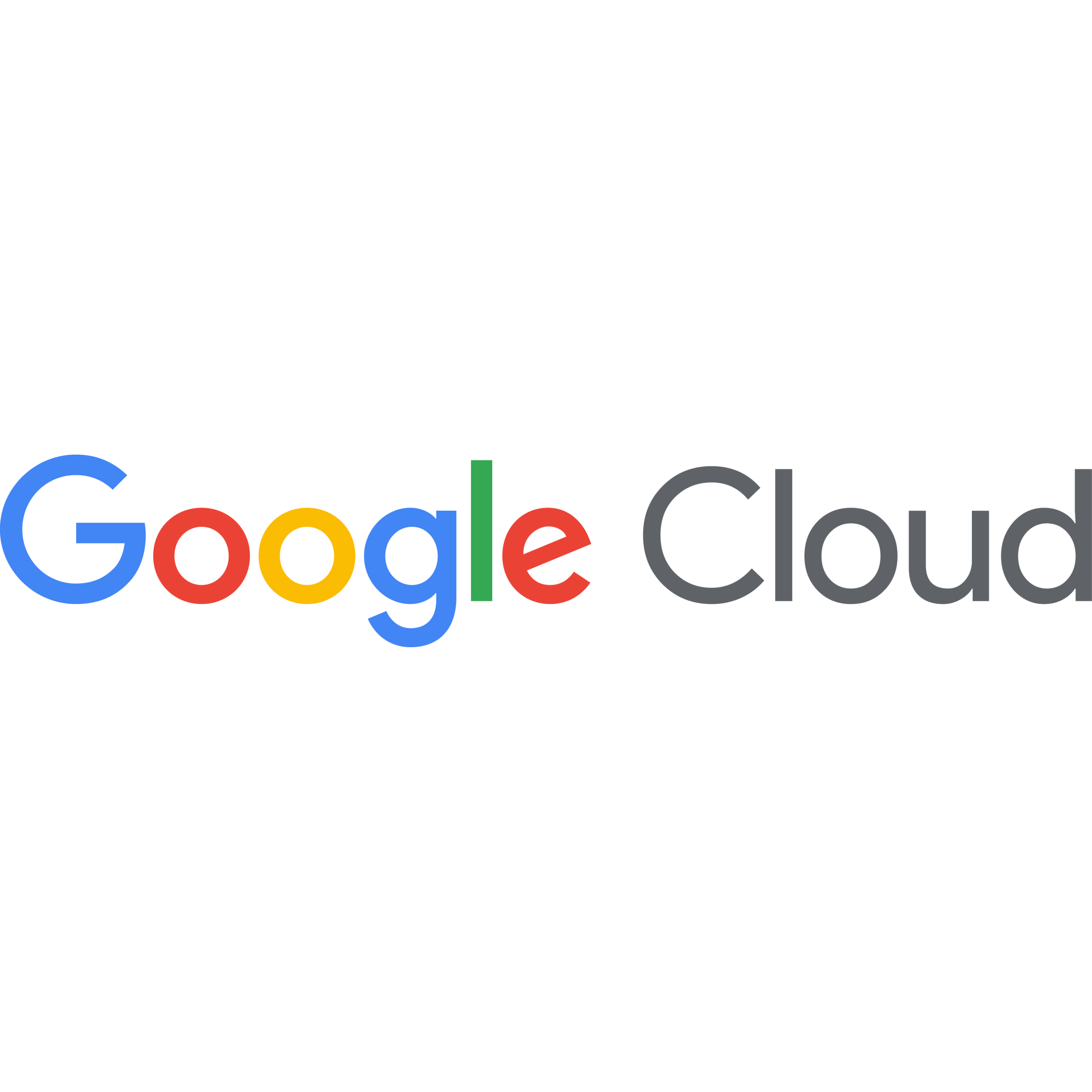
As the generative artificial intelligence (GenAI) Revolution compels business leaders to modernize their data landscapes, Google Cloud’s AlloyDB is soaring in popularity because it gives customers the scale, performance, and security of their legacy databases while also offering open-source flexibility and innovation.
To understand what’s driving that rising customer demand for AlloyDB, I spoke with Andi Gutmans, vice-president and general manager for databases at Google. (You can watch that full conversation here.)
“There’s a heightened interest on the customer side to really modernize their database estates by moving from legacy databases to more open databases and open source, both because it gives them a lot more flexibility around talent and it also obviously delivers lower cost,” Gutmans said. “And then when we’re thinking about AI, there’s a lot of innovation happening in the open-source community, and those are the two reasons why we’re seeing this huge interest.”
For many customers, Gutmans said, initial migration initiatives can become stalled because while open-source databases offer many attractive features, they were not able to fully deliver the required enterprise-level power and performance. “Customers asked us to help them migrate from these legacy databases to open source,” typically to Postgres, Gutmans said. “That’s because Postgres is a relational database and it is most similar to the [legacy databases] such as Oracle and SQL Servers and DB2. But the challenge they face when they try and migrate from those high-end legacy database workloads to open-source Postgres is sometimes Postgres doesn’t quite meet the profile for availability, scale, performance, and cost that they need,” Gutmans said. “And that’s why we basically invented AlloyDB. The easiest way to think about AlloyDB is that it’s a Postgres on steroids that really fills the gap between what you get from open source and what you can get in the highest-end legacy databases.”
On top of that, Gutmans said, was Google Cloud’s decision to design AlloyDB very specifically for the multi-cloud and hybrid-cloud environments that customers are demanding as part of their data-modernization efforts.
“We wanted to enable customers to modernize wherever they need to modernize. And we recognize they’re not going to bring 100% of their workloads to GCP, and that’s sometimes for regulatory requirements, or it’s a retailer with databases at the edge and they’ve got to keep those in their stores,” Gutmans said.
“So that’s why we came up with AlloyDB Omni , and it’s been very successful.” Google Cloud says AlloyDB Omni is “available at a fraction of the cost of legacy databases, with a free developer edition,” and can run on-premises, on the edge, across clouds, or on developer laptops with full PostgreSQL compatibility and Google Cloud support.
As evidence of AlloyDB’s ability to scale up to highly demanding enterprise requirements, Gutmans described the migration to AlloyDB by CME Group, the world’s leading derivatives marketplace whose business and operational models require massive transactional workloads operating with near-zero latency. “CME’s bar is very high because they need to do transaction processing at high throughput with low latency… they set the bar high for us,” Gutmans said. “I’m glad and excited that we were able to meet that bar because it’s really those kinds of customers that make you better as a vendor. They definitely challenged us to make sure that we really meet the expectations that they have for their mission-critical workloads.”
That high-end ability to handle relentless and demanding workloads from modern digital businesses like CME continues to be a primary reason that enterprises are committing to AlloyDB. In parallel, they’re also evaluating AlloyDB closely to ensure it can be a differentiator with their GenAI plans, Gutmans said.
“If you’re going to build any meaningful enterprise GenAI app, you’ve got to anchor it in your real operational data. If you’re in financial services, insurance or any other industry, you don’t want to have a hallucinating model. You need to deliver customer experiences that are accurate and factual in real time,” Gutmans said.
“So the decision’s always going to be around how do I bring my enterprise data and the power of large language models together? Now, the interesting thing is, you know that operational data is already sitting in AlloyDB in Postgres and in these operational databases, so our focus is really to deliver all the capabilities — right within those databases — that make it really easy for customers to exploit the power of GenAI.”
Innovations around the dynamic new field of vector databases are enabling new capabilities such as similarity search, and Google Cloud has been able to offer those within AlloyDB at speeds most other databases can’t match. In combination with new developer tools offered, that means AlloyDB can significantly boost the productivity of developers.
“We’ve made it very easy for developers using these [Postgres] databases to just call these large language models from within their database transaction. So a lot of our focus has been around developer productivity, reducing costs, and improving scale,” Gutmans said.
“The other thing we’re committed to is not just integrating those capabilities with the GCP API capabilities, but with the whole ecosystem,” including AlloyDB’s ability to run on Microsoft Azure and also on AWS.
Another big issue for customers undertaking that data-modernization journey is unleashing the talent of skilled engineers who, in the old world, have been required to devote vast amounts of time to low-value work. With modern technology like AlloyDB, Gutmans said, those talented people can begin pursuing new challenges that are much more vital and rewarding. “That’s exactly how business leaders think about this,” he said. “Anytime that those engineers have to do undifferentiated heavy lifting just to make sure the application stays up and secure and so on, is not really contributing to the business outcomes…. And there’s also risk because you end up building dependencies on one or two folks who are not doing this at scale. ” Gutmans said.
“By letting us take on more of that undifferentiated heavy lifting, customers can really focus a much higher percentage of their resources on driving great business outcomes.”
With enterprise-technology customers focused relentlessly on “driving great business outcomes,” AlloyDB is gaining market share because it enables those customers to:
- leverage their existing database investments without massive disruption;
- slash the cost of managing databases while boosting the pace and scale of innovation;
- accelerate their development of GenAI solutions and capabilities; and
- redeploy talented people to drive growth and customer loyalty.
As noted above, you can watch my full 24-minute discussion with Gutmans here.









